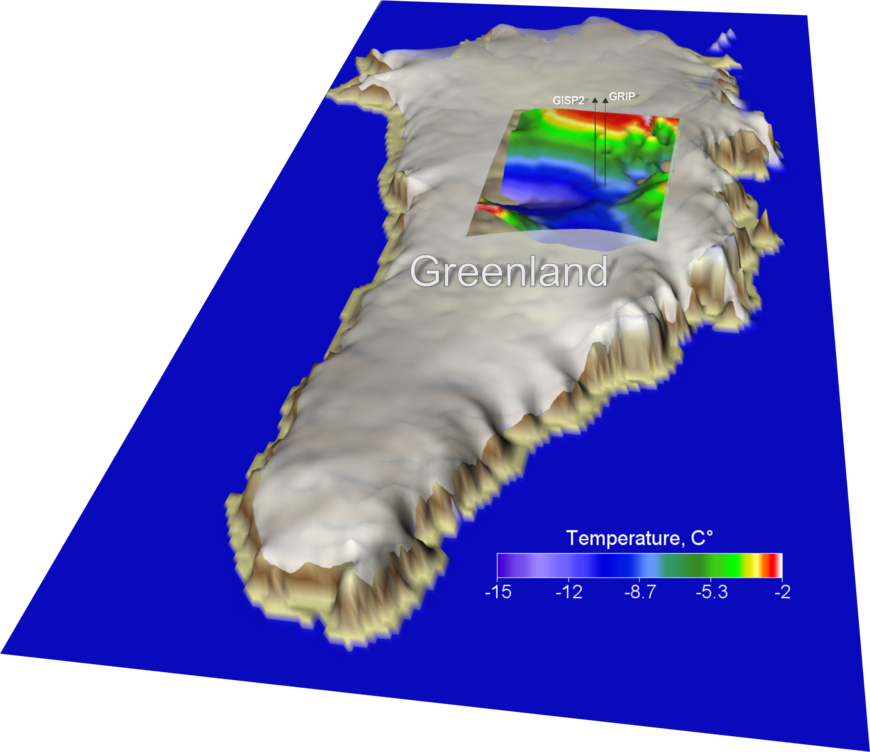IceGeoHeat
The multinational initiative IceGeoHeat aims at reconstructing geothermal heat flow distribution in regions covered by large-scale ice masses. Modelling studies show that subglacial heat flow is key to understanding the internal thermal structure of ice sheets and the distribution of melt water at their bases. Until now, lack of direct heat flow measurements and a complete absence of reliable estimates of heat flow beneath the Greenland and Antarctic ice sheets have complicated physical modelling of ice sheets and lithosphere, deep ice coring, and climate reconstruction from ice core isotope records. The IceGeoHeat members have introduced an innovative interdisciplinary approach to reconstructing subglacial heat flow that integrates direct (ice/borehole temperature) measurements, climate reconstructions, indirect (magnetic and seismic) data on the thermal state of the lithosphere, tectonic and glaciation history of the studied regions with a time-evolved numerical model of climate, ice sheet, lithosphere and upper mantle.
Currently the IceGeoHeat includes thirteen scientists from Germany, Denmark, USA, UK, Finland, Russia, Netherlands, Ireland, and Chile with a diverse background in
- structure and evolution of the lithosphere,
- Earth’s mantle dynamics,
- convection-related observables,
- evolution of the cryosphere and climate,
- direct heat flow measurements, and
- numerical modelling in geophysics.
- Petrunin, A.G.; Rogozhina, I.; Vaughan, A.P.M.; Kukkonen, I.T.; Kaban, M.K.; Koulakov, I.; Thomas, M.: Heat flux variations beneath central Greenland’s ice due to anomalously thin lithosphere. Nature Geoscience, doi:10.1038/ngeo1898, 2013.


